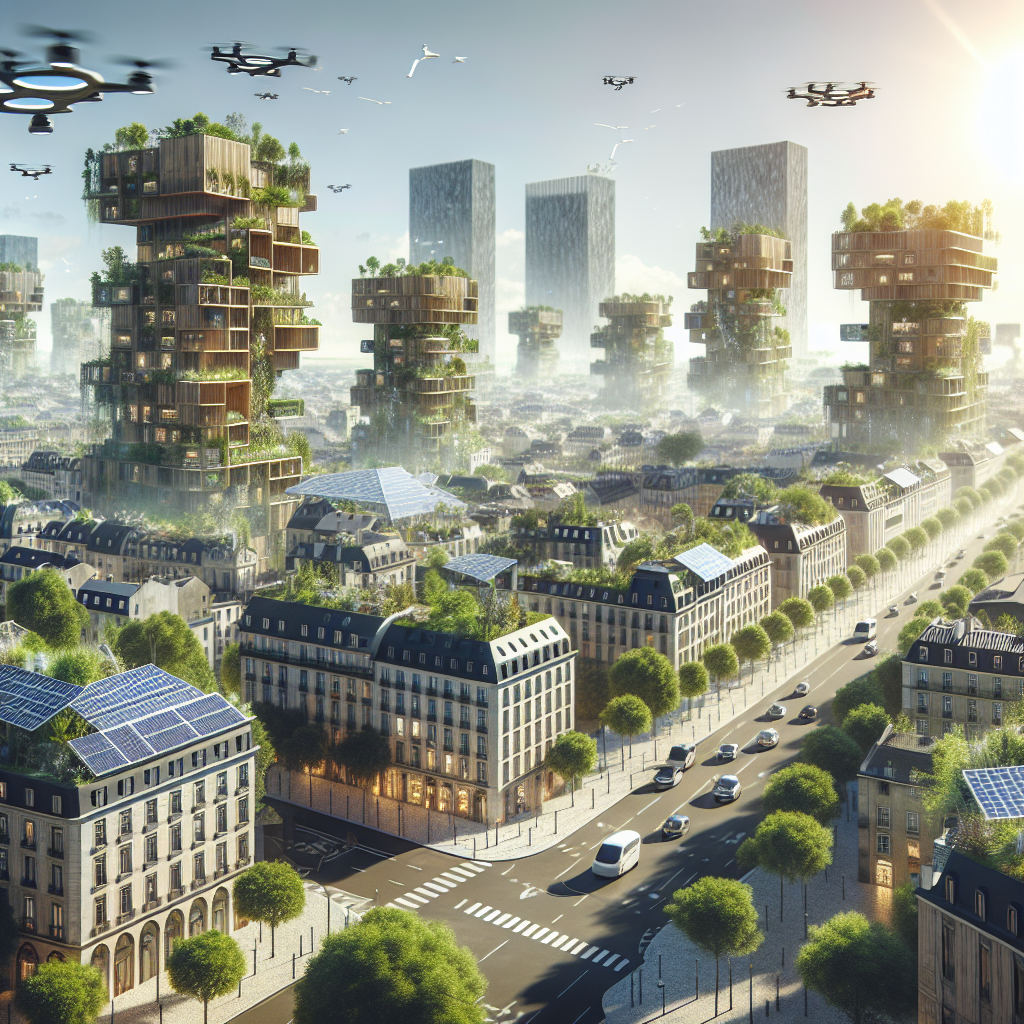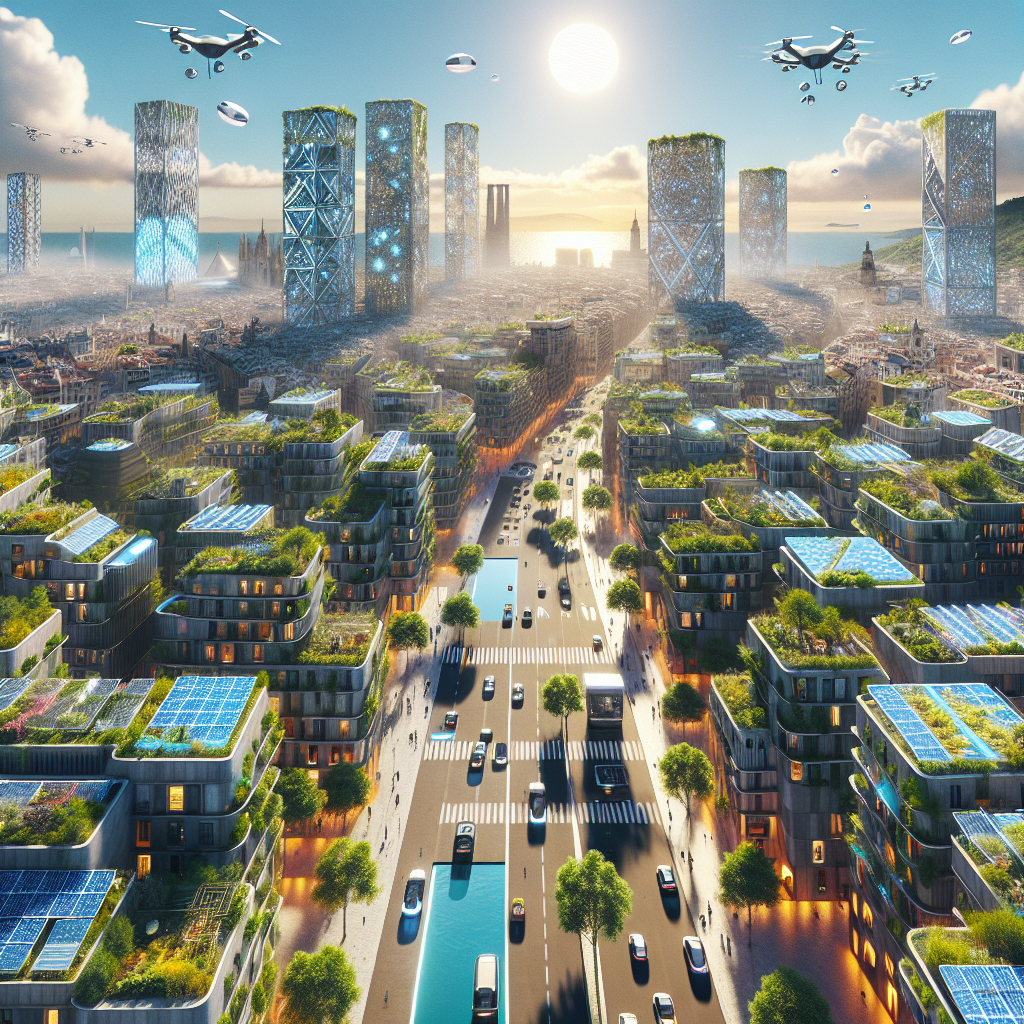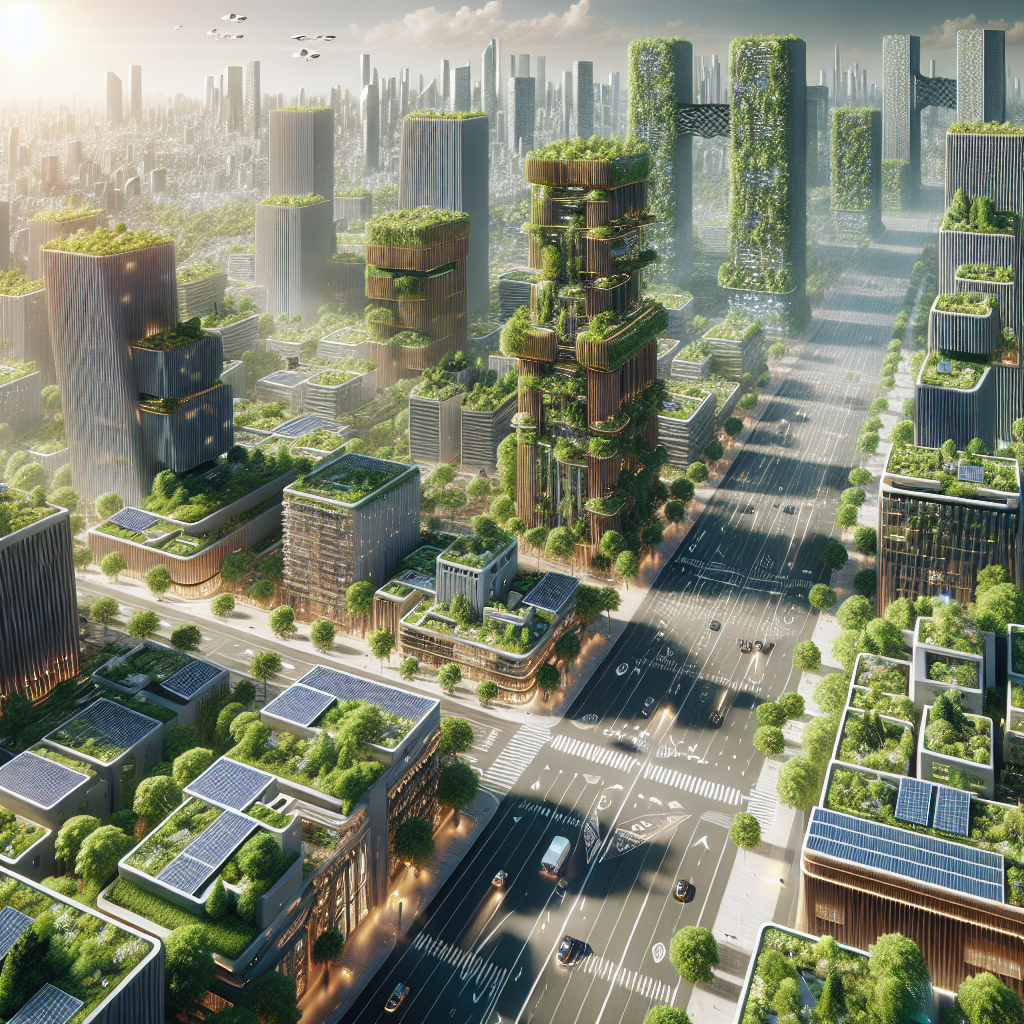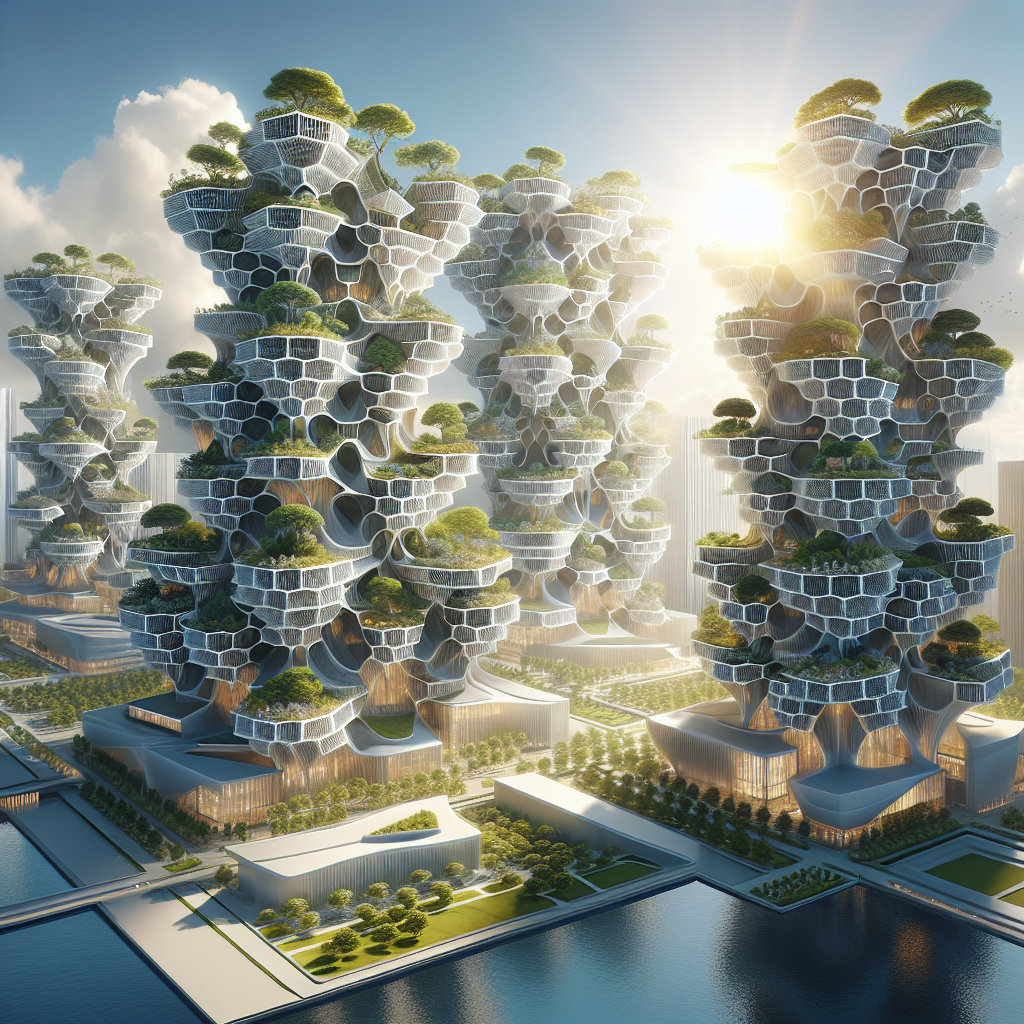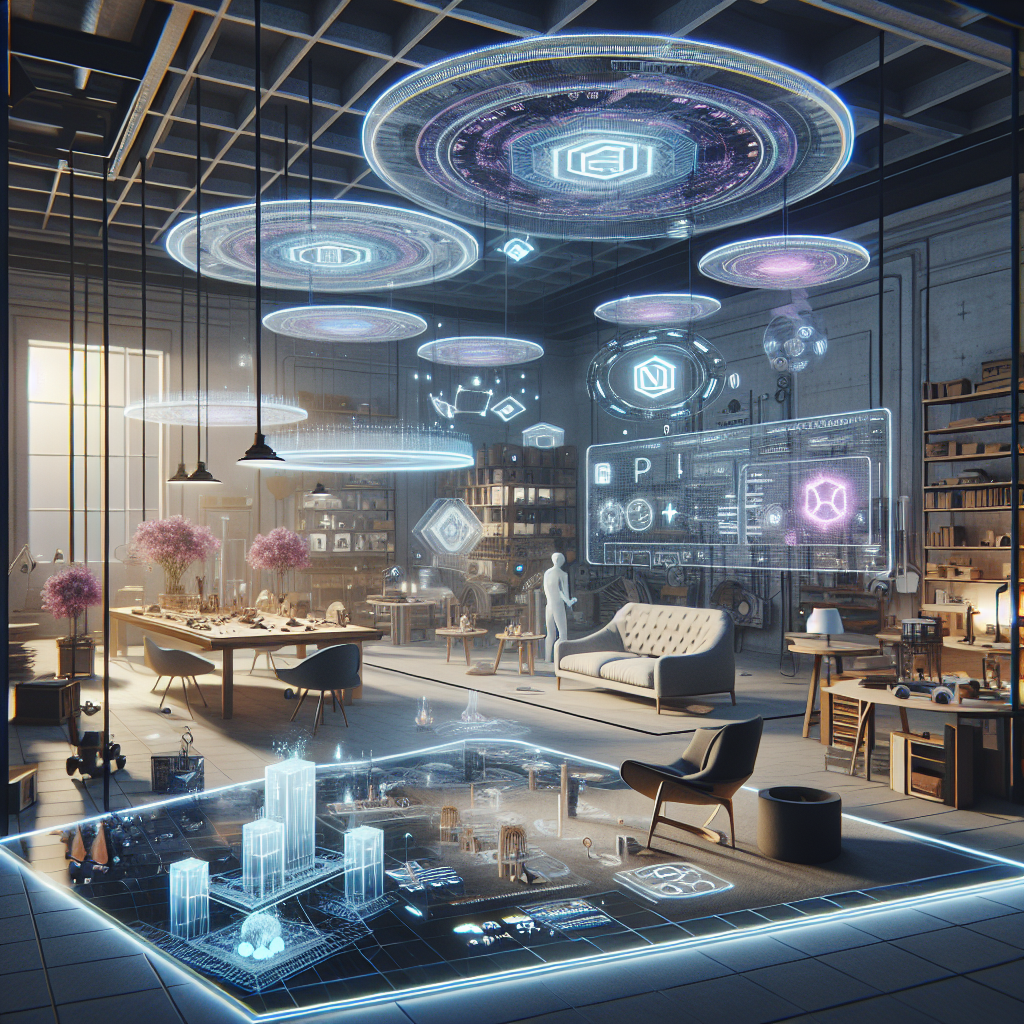Could Smart City Designs Prevent Massive Blackouts? Lessons from Spain and Portugal’s Infrastructure Crisis
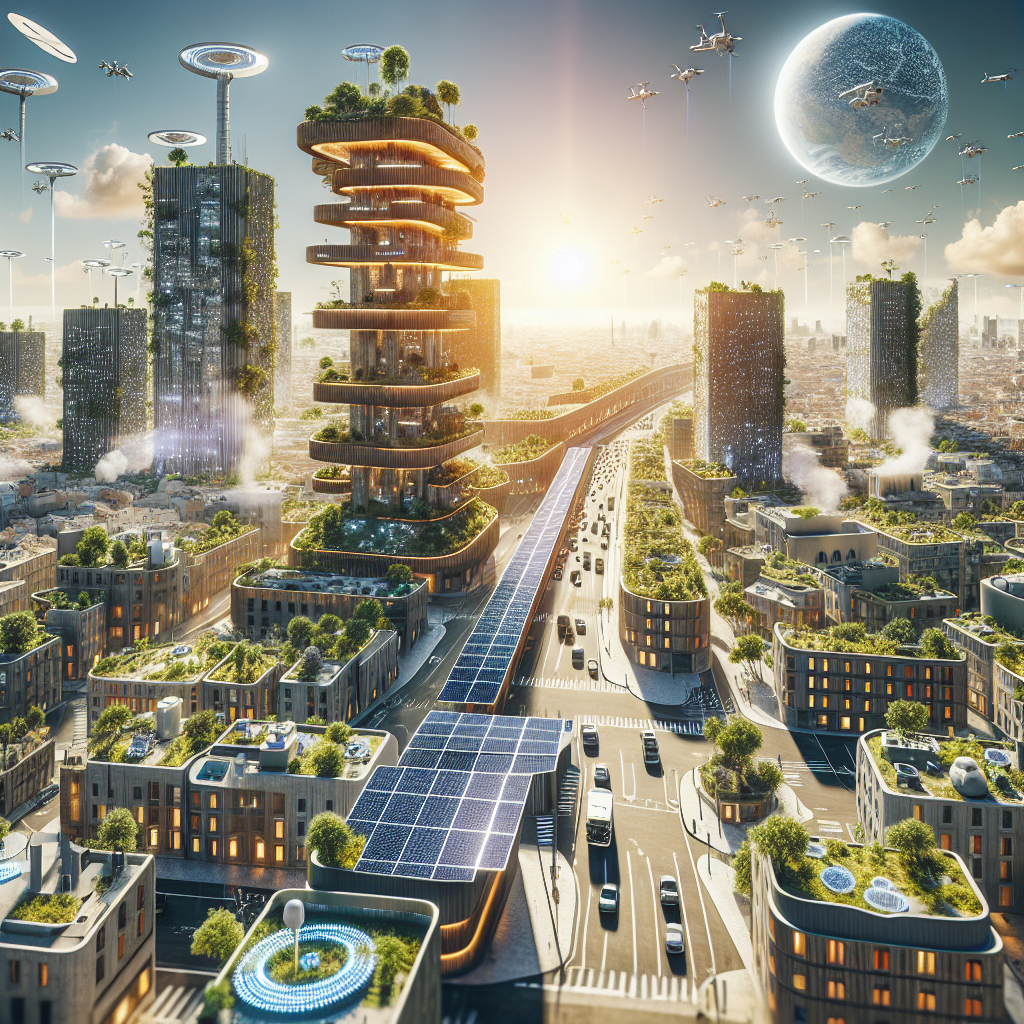
Could Smart City Designs Prevent Massive Blackouts? Lessons from Spain and Portugal’s Infrastructure Crisis
In the sweltering summer of 2024, a massive blackout plunged Spain and Portugal into darkness, exposing critical vulnerabilities in Europe’s power grid infrastructure. Millions of citizens faced days without electricity, disrupting daily life, businesses, and public services. This unprecedented event has sparked an urgent dialogue among architects, urban planners, and design professionals: could smarter city designs have prevented such a catastrophe? The crisis offers profound lessons on the necessity of integrating intelligent, resilient infrastructure into urban environments.
Unpacking the Iberian Blackout: A Crisis of Infrastructure
The blackout, which began on July 15, 2024, resulted from a combination of extreme heatwaves, outdated infrastructure, and inadequate energy management systems. As temperatures soared above 45°C, energy consumption surged, overwhelming aging power grids. Investigations revealed significant gaps in predictive analytics and real-time monitoring, exacerbating the situation and prolonging the blackout’s duration.
This incident highlighted Europe’s pressing need to modernize infrastructure, not merely through technological upgrades but through comprehensive urban design strategies that incorporate resilience and adaptability. As cities grow denser and climate change intensifies, the role of architecture and urban planning in safeguarding energy systems becomes paramount.
Smart City Design: Integrating Technology and Urban Planning
Smart city design is not merely about embedding technology into urban landscapes; it’s about creating interconnected ecosystems that respond dynamically to changing conditions. The integration of Internet of Things (IoT) devices, advanced analytics, and renewable energy sources can transform urban environments into resilient, self-sustaining entities capable of mitigating crises like the Iberian blackout.
Barcelona, renowned for its innovative urban initiatives, has already begun implementing smart grids and IoT-based energy management systems. These technologies enable real-time monitoring of energy consumption, predictive maintenance, and rapid response to anomalies, significantly reducing the risk of widespread outages. Similarly, Lisbon’s recent investments in renewable energy and microgrid technologies exemplify proactive urban planning aimed at energy resilience.
However, technology alone is insufficient. Architects and planners must rethink urban spaces, embedding resilience into the very fabric of city design. This involves strategic zoning, decentralization of energy sources, and the creation of adaptable infrastructure capable of withstanding extreme weather events.
Architectural Innovations for Energy Resilience
One compelling approach is the integration of biophilic design, which leverages natural elements to enhance urban resilience. Green roofs, vertical gardens, and urban forests not only reduce urban heat islands but also decrease energy consumption by naturally regulating building temperatures. A notable example is Madrid’s CaixaForum, where a lush vertical garden by Patrick Blanc dramatically reduces the building’s cooling needs, showcasing how biophilic principles can contribute to energy efficiency and resilience.
Moreover, the rise of wooden skyscrapers presents another innovative avenue. Timber structures offer superior insulation properties, reducing energy demands for heating and cooling. Additionally, wood’s carbon sequestration capabilities align with broader sustainability goals, making it an ideal material for future urban developments.
Decentralized Energy: The Power of Microgrids
Centralized power grids, as evidenced by the Iberian crisis, are vulnerable to cascading failures. Decentralized microgrids, powered by renewable energy sources such as solar and wind, offer a compelling alternative. These localized grids can operate independently, ensuring continuous power supply even when the main grid fails.
In Portugal, the city of Évora has successfully implemented a smart microgrid project, integrating solar panels, battery storage, and advanced energy management systems. This initiative has not only enhanced local energy resilience but also reduced carbon emissions significantly. Expanding such decentralized models across urban areas could dramatically mitigate the risk of future blackouts.
Learning from Fiction: Futuristic City Designs
Interestingly, cinematic portrayals of futuristic cities, such as those depicted in Blade Runner 2049, offer valuable insights into resilient urban design. These fictional environments emphasize adaptability, modularity, and integration of advanced technologies, reflecting a vision of cities capable of responding dynamically to crises.
While fictional, these narratives underscore the importance of proactive, forward-thinking urban planning. By embracing modular design principles, cities can rapidly adapt infrastructure to changing conditions, ensuring continuity of essential services during emergencies.
Challenges and Opportunities in Smart City Implementation
Despite the evident benefits, transitioning to smart, resilient urban environments presents significant challenges. High initial investment costs, regulatory hurdles, and public skepticism can impede progress. However, the Iberian blackout serves as a stark reminder of the potential costs of inaction.
Collaborative efforts between governments, private sectors, and communities are essential to overcoming these barriers. Initiatives such as public-private partnerships, community-driven projects, and international collaborations can accelerate the adoption of smart city technologies and resilient urban designs.
Furthermore, leveraging innovative construction techniques like 3D-printed homes and sustainable materials can reduce costs and expedite implementation. These technologies not only enhance resilience but also address broader urban challenges such as affordable housing and sustainability.
Conclusion: A Call to Action for Architects and Planners
The Iberian blackout of 2024 is more than a cautionary tale; it’s a clarion call for architects, urban planners, and design professionals to reimagine urban environments. Integrating smart technologies, biophilic principles, decentralized energy systems, and innovative materials into city designs is no longer optional—it’s imperative.
As climate change intensifies and urban populations grow, the resilience of our cities will define our collective future. By learning from Spain and Portugal’s infrastructure crisis, we can create urban environments that are not only smarter and more sustainable but also capable of safeguarding communities against future disruptions.
Ultimately, the future of urban resilience lies in our ability to innovate, collaborate, and design cities that prioritize adaptability, sustainability, and human well-being. The time to act is now.
